
TCA Cycle - Medical Science
Q1: Most multi-cellular organisms obtain energy for the synthesis of ATP during oxidative phosphorylation fromA high energy phosphate compounds
B a proton gradient across the inner mitochondrial membrane
C a proton gradient across the cell membrane
D a proton gradient across the outer mitochondrial membrane
ANS:B - a proton gradient across the inner mitochondrial membrane During TCA, electron carriers are generated in the cell, examples of this are the conversion of NAD+ to NADH and a proton & FAD to FADH2. These electron carriers can drive the movement of protons from the mitochondrial matrix to the space between the inner and outer membranes of the mitochondria via a chain of associated complexes in the inner mitochondrial membrane, we know this as the Electron transport chain. |


For help Students Orientation
Mcqs Questions
One stop destination for examination, preparation, recruitment, and more. Specially designed online test to solve all your preparation worries. Go wherever you want to and practice whenever you want, using the online test platform.

